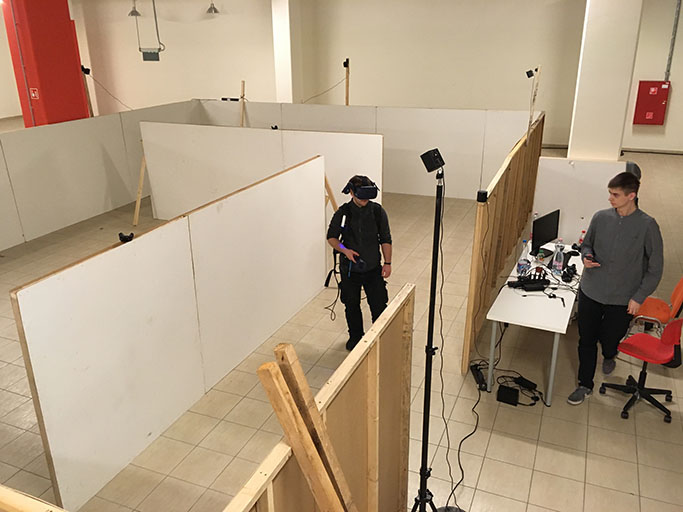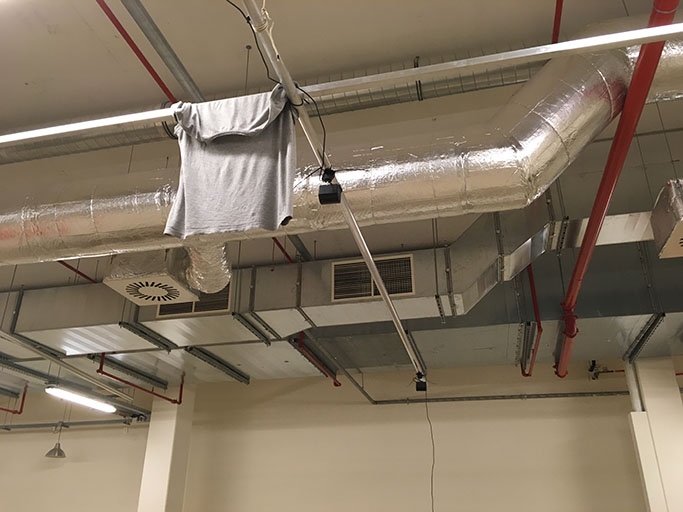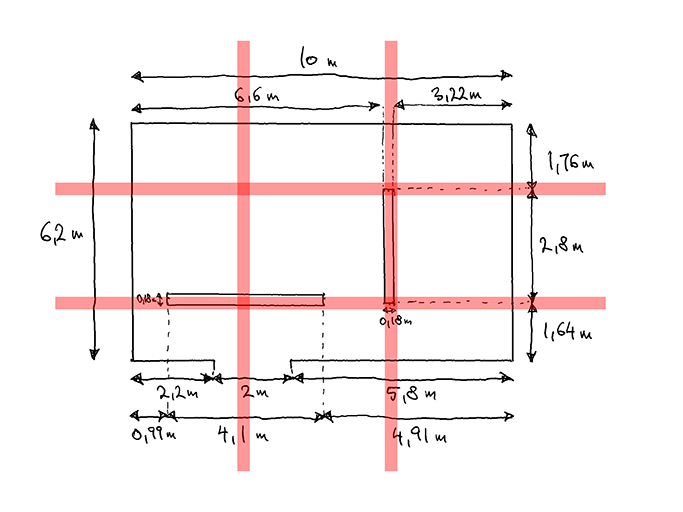Making multiplayer VR experience #2
Development of a multiplayer VR escape room: Dark Side of Anubis (Part 2)
If you haven't read the previous article on the topic, you can find it here

Testing the base station setup
So, the next big task was to figure out how we place the base stations. At the start, we used ten of them. The more is better, we thought. Spoiler alert, it's not.
The gameplay area was 8.2x10m with inner walls, so we thought if we are placing base stations everywhere for better coverage, then it's done. There was a state when ten base stations operated at once, and we were surprised that nothing worked; jumps in the tracking randomly, even with one player. In the case of more players, there were screen gray-outs, and take several minutes for the headsets to find the right position again, or we have had to move about 4-5m further.
After several days of trying, it turned out there is a maximum number of base station info the headset can process at once. If four or more base station sees a headset, the tracking starts acting weird and the quality of it getting worse. After we removed some of the base stations, the tracking stabilized.

Remove base station without removing it :)
In the case of trackers, we found out that they can track their position relatively long after they got out of the base stations' view. The headset needs a 1-2sec to realize it doesn't know where it is.
Is not verified with facts, but according to our experiences, if there are more than two base stations and some of them are fixed upside down can cause issues also. If all of them are upside down, that's fine.
At that time, when we made it, the room-scale room setup was a big no-no. We had several problems with it, so we quickly stuck with standing-only, and we turned off the chaperone from code.

Everything starts on paper



